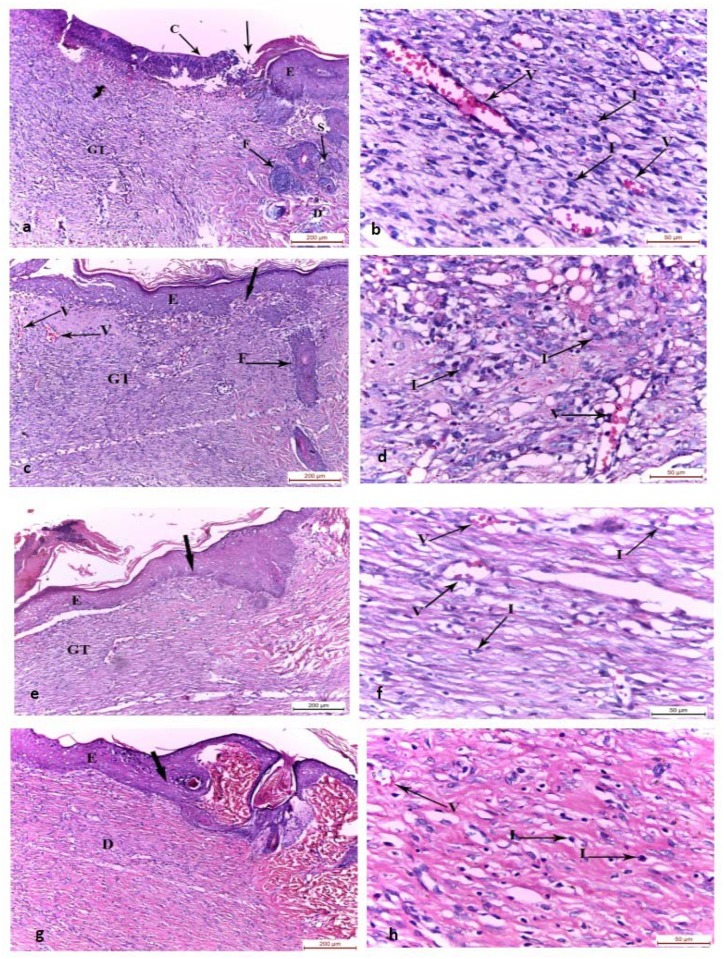Fig 1. Photomicrographs of the skin wound area on the 10th day.
a,b) control group showing wound surface covered by crust and the wound bed was filled with granulation tissue with absence of the epidermis and skin appendages. The adjacent normal skin showed normal epidermis, dermis, hair follicles and sebaceous gland. Wound granulation tissue showed inflammatory cell infiltrate and congested blood vessels. c,d) Group II showing wound surface covered with regenerated epidermis and wound bed filled with granulation tissue with inflammatory cell infiltrate, congested blood vessels and absence of skin appendages. e,f) Group III and g,h) Group IV showing wound surface covered by regenerated epidermis with increasing thickness than Group II and the wound bed was filled with granulation tissue with absence of skin appendages. Mild inflammatory cell infiltrate and few blood vessels were found in the dermis of wound bed compared to Group I and II. C: crust, GT: granulation tissue, E: epidermis, D: dermis, F: hair follicles, S: sebaceous gland, I: inflammatory cell infiltrate, thick arrow: junction between the normal skin and the wound area, V: blood vessel, (H&E, a-c-e-g x100; b-d-f-h x400)

